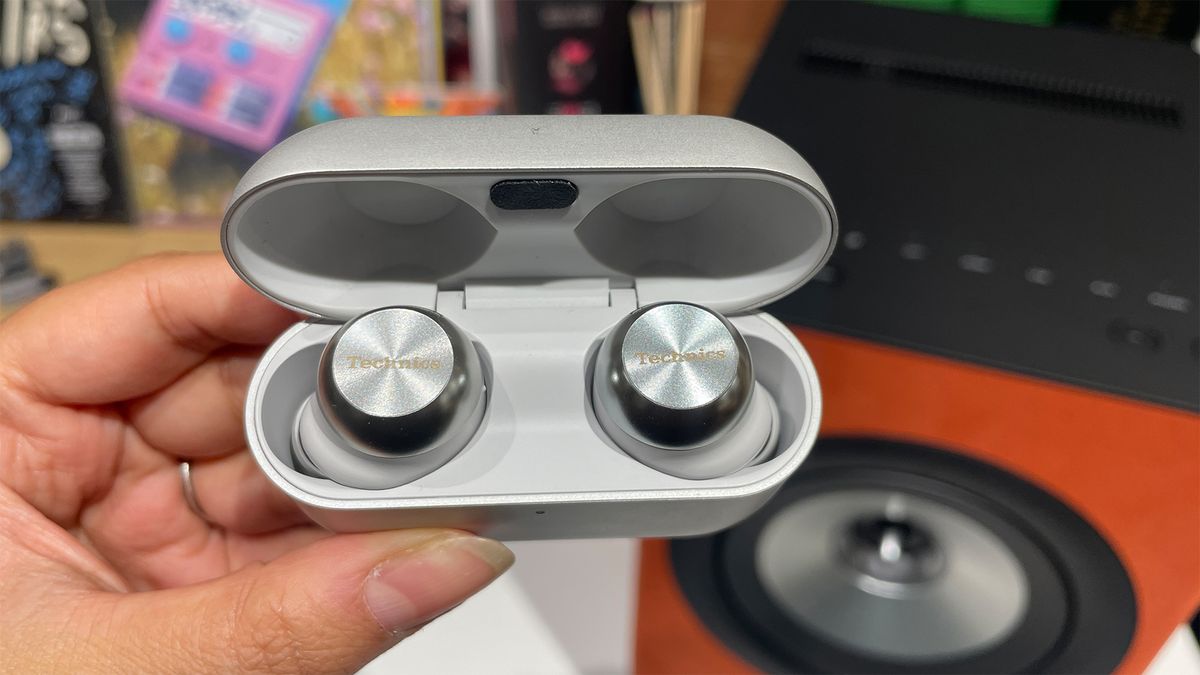The pursuit of the “best ear” for evaluating audio quality is at the heart of every audiophile, music enthusiast, and tech lover. Whether you’re an avid listener seeking to heighten your appreciation for sound, an aspiring audio engineer, or simply looking to select the best equipment for your listening needs, understanding how to refine your audio perception is key.
This article dives into the concept of having the “best ear,” covering the science of human hearing, techniques for sharpening listening skills, and tools that enhance audio evaluation.
What Does Having the “Best Ear” Mean?
Having the “best ear” doesn’t literally mean possessing superior physical hearing abilities. Instead, it refers to a fine-tuned capability to detect, decipher, and appreciate the nuances in audio, such as different frequencies, tone qualities, and depth. A “best ear” comes from a blend of innate auditory abilities, learned knowledge, and cultivated critical listening skills.
This enhanced perception is critical for those interested in identifying high-quality sound, deciphering intricate sonic details in music, and choosing the best audio equipment.
The Science Behind Human Hearing and Audio Processing
Human hearing evolved to detect sounds crucial for safety and communication. The ear’s ability to perceive auditory signals stems from the following components:
- Outer Ear – Captures sound waves and funnels them inward.
- Middle Ear – Amplifies vibrations to transmit them to the inner ear.
- Inner Ear (Cochlea) – Converts sound waves into electrical signals, which are sent to the brain.
- Brain Processing – Decodes signals into recognizable language, music, or sounds.
The range of human hearing typically spans 20 Hz to 20,000 Hz. However, as people age, higher frequency detection often diminishes. Sensitivity to sound dynamics and nuances varies among individuals, making training and practice essential for honing one’s “best ear.”
Environmental Impact on Audio Perception
Where you listen plays a significant role in your auditory experience. The clarity of audio can depend on room acoustics, background noise, or proximity to the sound source. Factors affecting perception include:
- Room Design: Hard surfaces like tiles or glass often reflect sound, creating echo, while softer materials like curtains absorb sound waves to reduce noise.
- Ambient Noise: Competing sounds, such as traffic or fans, mask subtler tones in music.
- Playback Environment: Headphones or earbuds frequently provide more consistent audio quality than open speakers due to isolation from external interference.
Minimizing interference and tailoring environments to optimize sound quality is key to training the “best ear.”
Technologies and Tools to Enhance Audio Quality
With a flood of advanced audio equipment and technologies on the market, selecting the right tools is critical for anyone pursuing superior sound. Here’s a breakdown of innovations that provide a high-quality listening experience:
1. High-Fidelity Headphones or Earbuds
Invest in audio solutions with superior soundstage, frequency response, and driver capabilities. Brands like Sennheiser and Sony offer premium options that emphasize clarity and balanced sound.
2. Noise-Canceling Features
Active noise cancellation (ANC), found in earbuds like the Bose QuietComfort Ultra or Sony WF-1000XM5, helps isolate sound, blocking out distractions and ensuring clear audio for critical evaluation.
3. Professional Audio Interfaces
Devices like audio interfaces improve the accuracy of sound reproduction by reducing latency and enhancing clarity. These are often essential for audiophiles and sound engineers.
4. Hi-Res Audio Players
To hear every detail in music recording, pair your equipment with Hi-Res Audio platforms like TIDAL or Apple Music Lossless for uncompressed playback.
5. Room Calibration Tools
Reference microphones and calibration software like Sonarworks help optimize playback in any room, ensuring you can hear audio as intended by the creator.
Tips for Sharpening Listening Skills
Refining your auditory perception requires effort and practice. Here’s how you can cultivate critical listening skills to achieve your “best ear”:
1. Train with a Variety of Music Genres
Expose your ears to an extensive range of genres—from classical and jazz to electronic and hip-hop. Focus on how different instruments, frequencies, and production techniques emerge in each piece.
2. Identify and Compare Frequencies
Use tools like equalizers or ear-training apps to learn how specific frequency ranges (e.g., bass, mids, treble) affect audio. For example, boosting 60 Hz highlights bass sounds, while 2-6 kHz enhances vocals.
3. Review Well-Produced Tracks
Listen to professionally mastered reference tracks to understand intricate details and maintain a benchmark for high sound quality.
4. Experiment with Different Equipment
Compare how the same track sounds on different headphones, speakers, or earbud models to understand tonal variances.
5. Practice Active Listening
Take moments to close your eyes, eliminate distractions, and concentrate solely on the sound. Pay attention to instrument separation, tone warmth, and clarity.
6. Join Listening Communities
Connect with other audiophiles, musicians, or content creators for discussions, recommendations, and live listening sessions to enhance your skill set.
Why Audio Perception Matters
Whether it’s a streaming setup for casual listeners or a mixing environment for professionals, developing the “best ear” has countless benefits:
- Better Equipment Selection: Making informed purchasing decisions based on sound quality, not marketing buzz.
- Enhanced Sound Appreciation: Unveiling new layers and textures in your favorite songs.
- Professional Advantage: For audio engineers and sound designers, a refined ear translates to higher-quality production.
Wrapping Up
The journey to acquiring the “best ear” combines science, skill-building, and the right tools. By understanding how your hearing works, controlling your listening environment, and investing in technologies that enhance sound, you can elevate your audio experience to new levels.
Start refining your listening skills and experience the difference high-quality sound can make. Your ears deserve nothing but the best.








